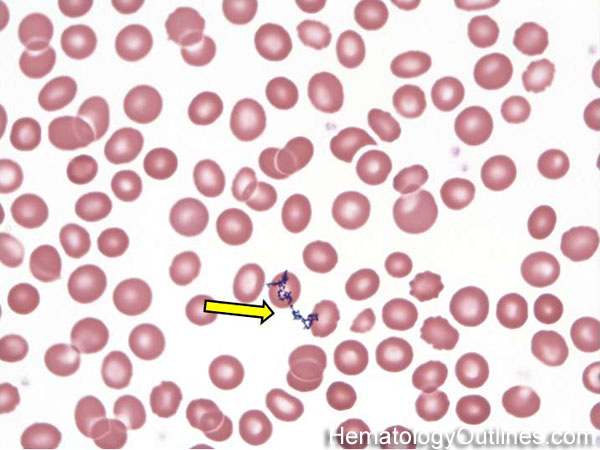

On the other hand, there remains the possibility that Gram staining results do not match with the final identification of microorganisms. In recent reports, the impact of Gram staining results on patient mortality has been documented. It is therefore highly likely that the information provided by the Gram staining will help to assess the adequacy of preliminary diagnosis and antimicrobial therapy selected after collecting culture specimens and before final identification of the microorganism. The most important and primary test to perform directly on some special samples such as cerebrospinal fluid and positive cultures is Gram staining which serves as the most rapid and simplest test to characterize microorganisms. Isolation, identification of pathogenic microorganisms in cultures and subsequent antimicrobial susceptibility testing always assists in selecting appropriate antimicrobial agent and prevention of unnecessary complications. Some recovery using this method with blue LED results in better quality compared to the SYBR Green I using transilluminator.Clinical microbiology laboratory plays several important roles in the management of bacterial infections. The use of agarose gels allows the sample recovery using commercially available kit and does not interfere with the extraction. In the experiment a DNA ladder was loaded to make a calibration curve with a detection limit of 192 picograms at 1, 500 base pairs. A purple formazan precipitate appears where the DNA is located. The result is grafted and the results obtained from SYBR Green I NBT and SYBR Green I UV compared.

The DNA is normalized to 9.1 nanograms per microliter for transforming chemical competent Escherichia coli XL 10 bacteria. Once the gel is stained, the plasmid band is cut with a scalpel and the plasmid extracted with a commercial extraction kit. Then the gel is exposed to a UV transilluminator for band visualization for two minutes. For agarose gels, the commonly used SYBR Green I method is performed by covering the gel with 1X SYBR Green I solution and stirring for an hour. The gel is put into a plastic container and the solution volume is scaled to cover the gel and the stirring time is extended to one hour. For agarose gel, the SYBR Green I NBT method is performed using SBYR Green I at a concentration of 1.2X and NBT at 2 millimolar. Half the gel is stained with SYBR Green I and NBT method and the other half with SYBR Green I UV method. The gel in the electrophoresis chamber is then run at 100 volts for one hour. A 1%agarose gel is prepared in TAE 1X buffer and loaded with four microliters of plasmid at around 100 nanograms per microliter. Then the plasmid band is extracted and transformed via chemical transformation into competent cells with media that contains ampicillin. The wells are loaded with a plasmid that has ampicillin resistance and the gel is cut into two pieces, each of which is stained with a different stain. Finally, a graft of normalized signal versus concentration is made. Finally the aluminum foil and a Parafilm is removed and the gel is exposed to sunlight or a blue light source.įor band quantification and calibration curves, the gel is put into an office scanner, then the image is analyzed using an image analysis software. Then the container is covered with Parafilm and aluminum foil and stirred at 60 rpm for 25 minutes. The gel is put into a plastic container and 16.75 mils of the diluted SYBR Green I and 325 mils of the NBT at 20 millimolar are added. SYBR Green I being diluted to 1.2X and the NBT 20 millimolar solutions are now prepared. The gel is then loaded with the samples and the electrophoresis process starts. These bands have a direct correlation with the DNA concentration and the gel then can be digitalized in an office scanner in order to quantify the DNA.įor the polyacrylamide gel, a non-denaturing polyacrylamide gel is prepared. During this step some precipitate bands appears. The last step is to expose the gel to a blue light source such as blue LEDs or sunlight. The gel is then stirred for 25 minutes if it is a polyacrylamide gel and an hour if it is an agarose gel.

The first is to put the gel in a solution of SYBR Green I and nitro blue tetrazolium, also known as NBT. The DNA staining protocol has three general steps.


 0 kommentar(er)
0 kommentar(er)
